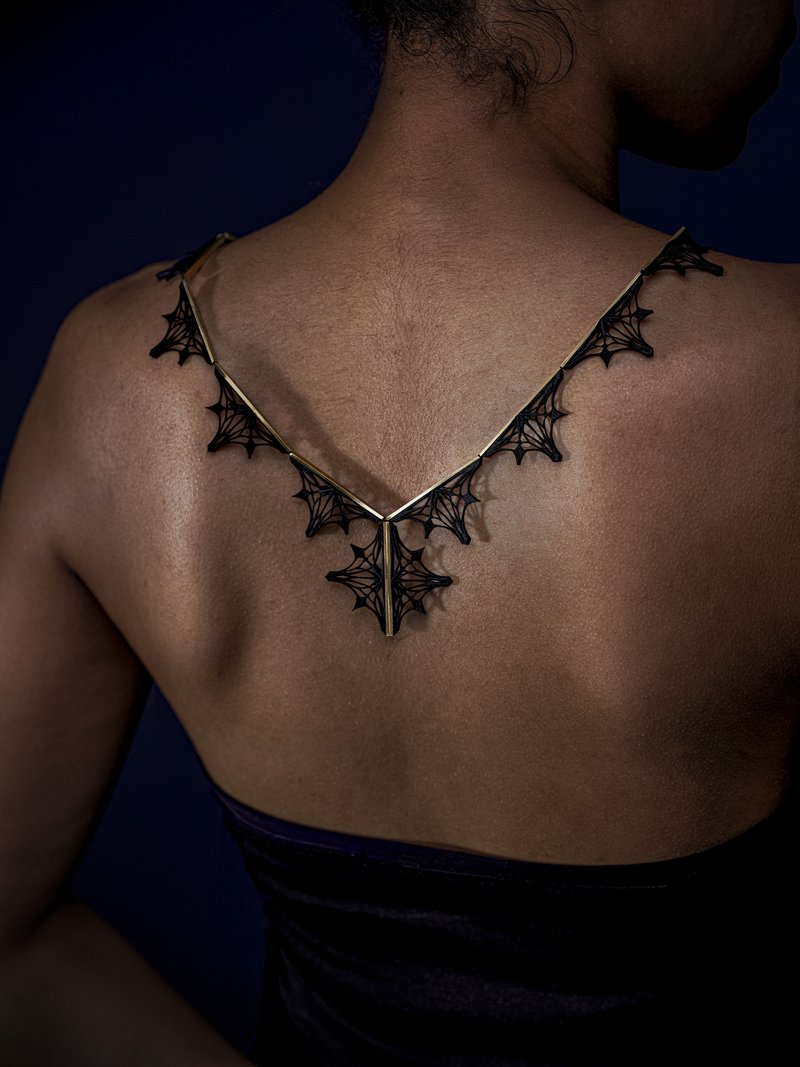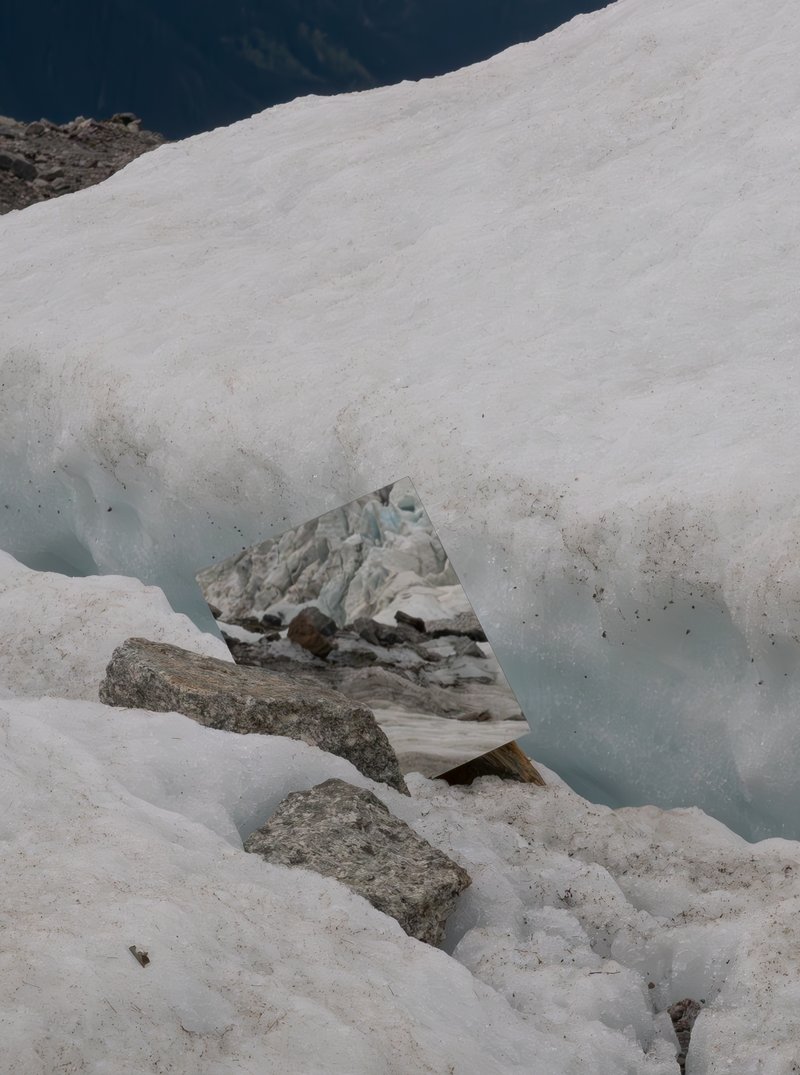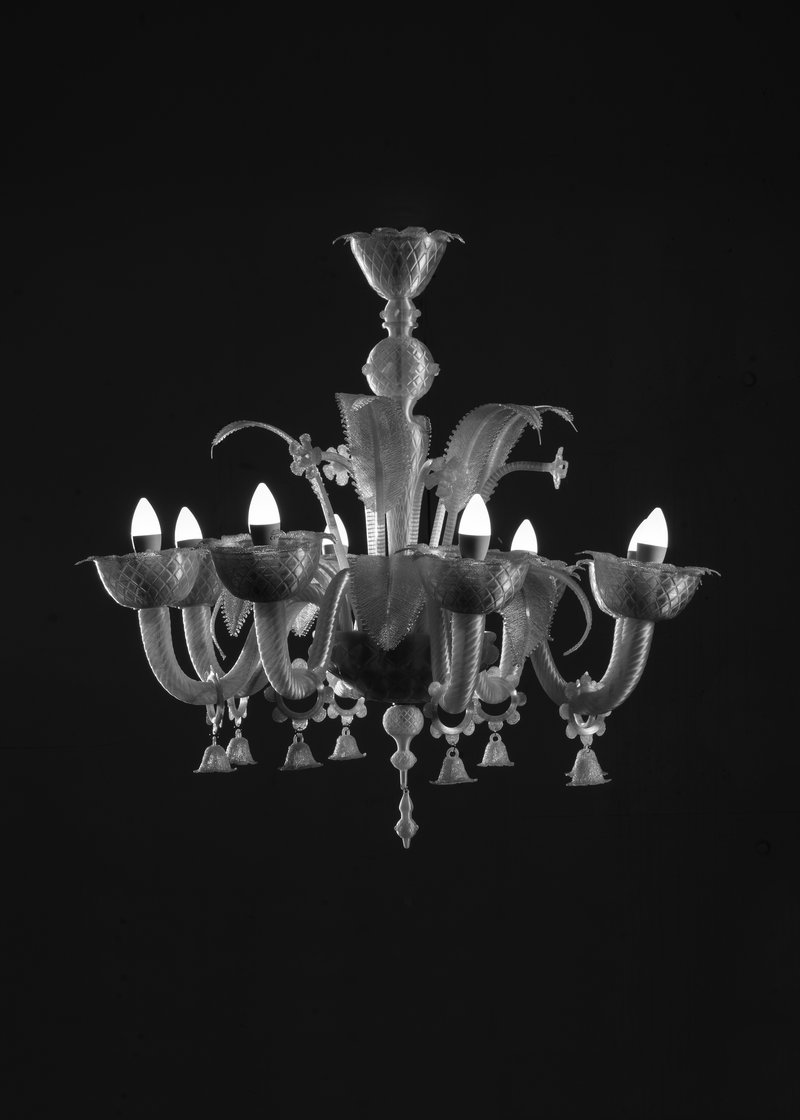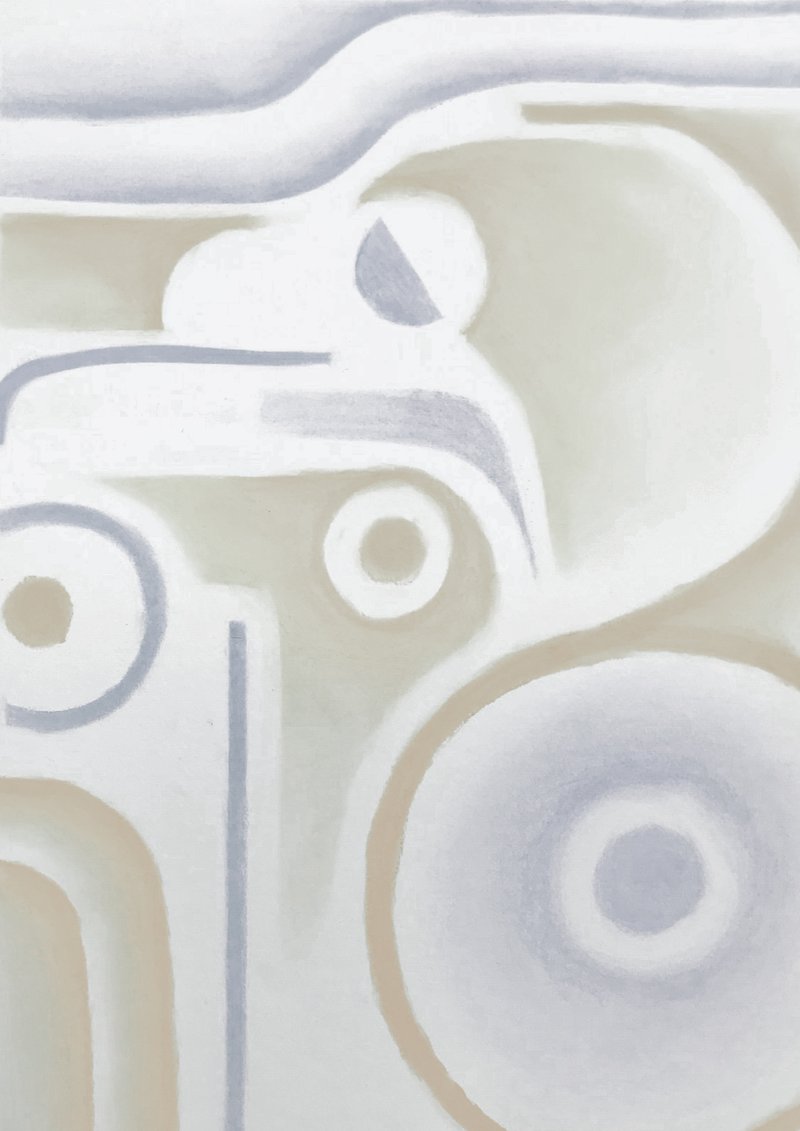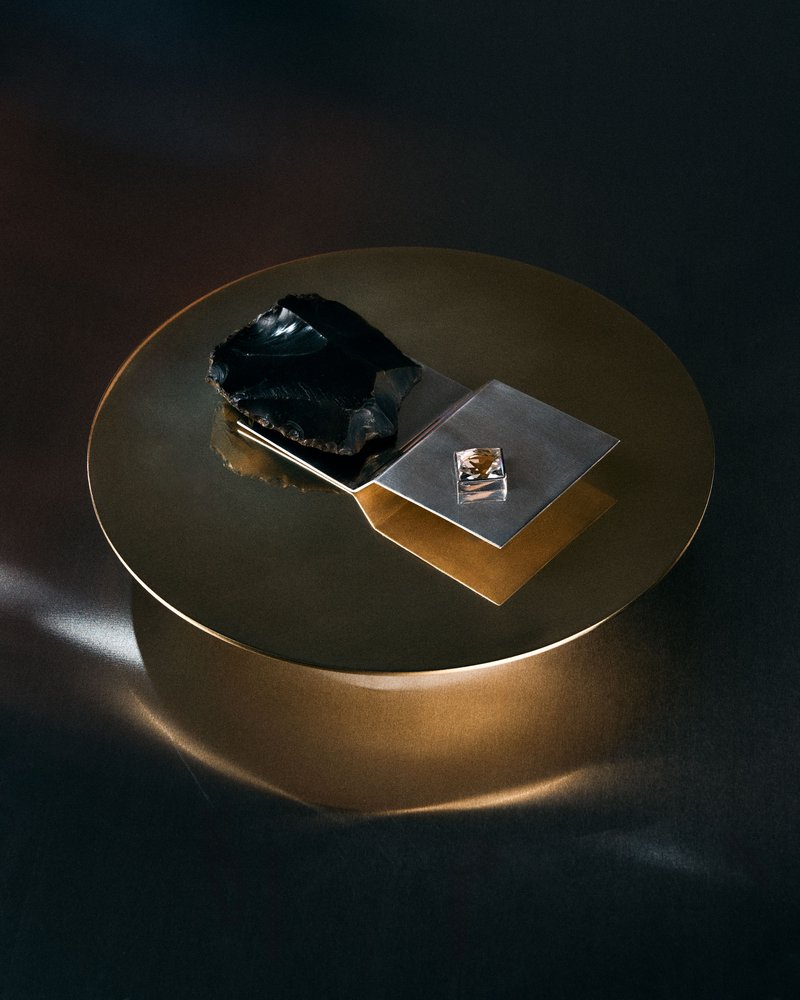During a four weeks workshop, led by the Slovakian born and Lausanne based designer Tomas Kral, the 12 students of the programme have individually created their concepts. Within the variety of proposals, 6 projects were selected for further development and the production of prototypes. This second phase enabled the students to further refine the details, while constantly verifying the precision of the forms trough 3D printed resin mock-ups.
Thanks to cutting edge technologies - in particular 3D printing in metal - and the expertise of Christofle’s centuries old craftsmanship, 6 sets of forks, knives and spoons were produced in a record timeframe, while ensuring the outstanding quality of the manual finishing.
Dipping
Rodrigo Caula
Inspired by the Christofle manufacture visit and especially by the process of silver coating, this project creates the illusion of a raw core hidden in the inner of the cutlery. During the process, the pieces are submerged in a silver bath while being held on its tips. The chiseled core which reveals the raw and textured appearance, seems to be covered and smoothened by a film applied to the rest of the piece.
Frisson
Alexis Tourron
For this project, the point of departure was an abstentious and pure form, while the handles were subtilely transformed. Inspired by the movement and waves on the surface of the water, this series of cutlery comes to life through its refined aesthetics and the reflections on the polished metallic surface.
Posata
Stefano Panterotto
This project bridges the gap between tradition and modernity with its forms inspired by the gestures and the handling of the cutlery. The details like bevels, cuts or marks become subtile decorations and enrich the pieces with a refined and contemporary character.
Collerette
Ophélie Sanga
Just as the Renaissance costumes, the ruff decorates the edges of this cutlery set. Reminding us of gathered fabric, the wavy surface creates a dynamic play of reflections, referencing at the same time the past and the present, resulting in a highly contemporary piece.
Etang d’Or
Kaja Solgaard Dahl
This project was largely inspired by the lakeside landscape at dusk. The base of the cutlery was hollowed out and the resulting indentation was then plated with a golden reflecting finish. The erosion of the volume leads to a pronounced contrast between perfection and imperfection.
Point de Paris
Annie Tung
Anchored in the French cultural patrimony, the laced fabric creates a direct association to the environment of the table. All the pieces of cutlery seem to be wrapped by a fine broidery in order to perfectly match to the fabric of the tablecloth and the napkins. The pieces manage to be at the same time feminine, delicate and classic while maintaining a contemporary impression due to their minimalistic formal language.
